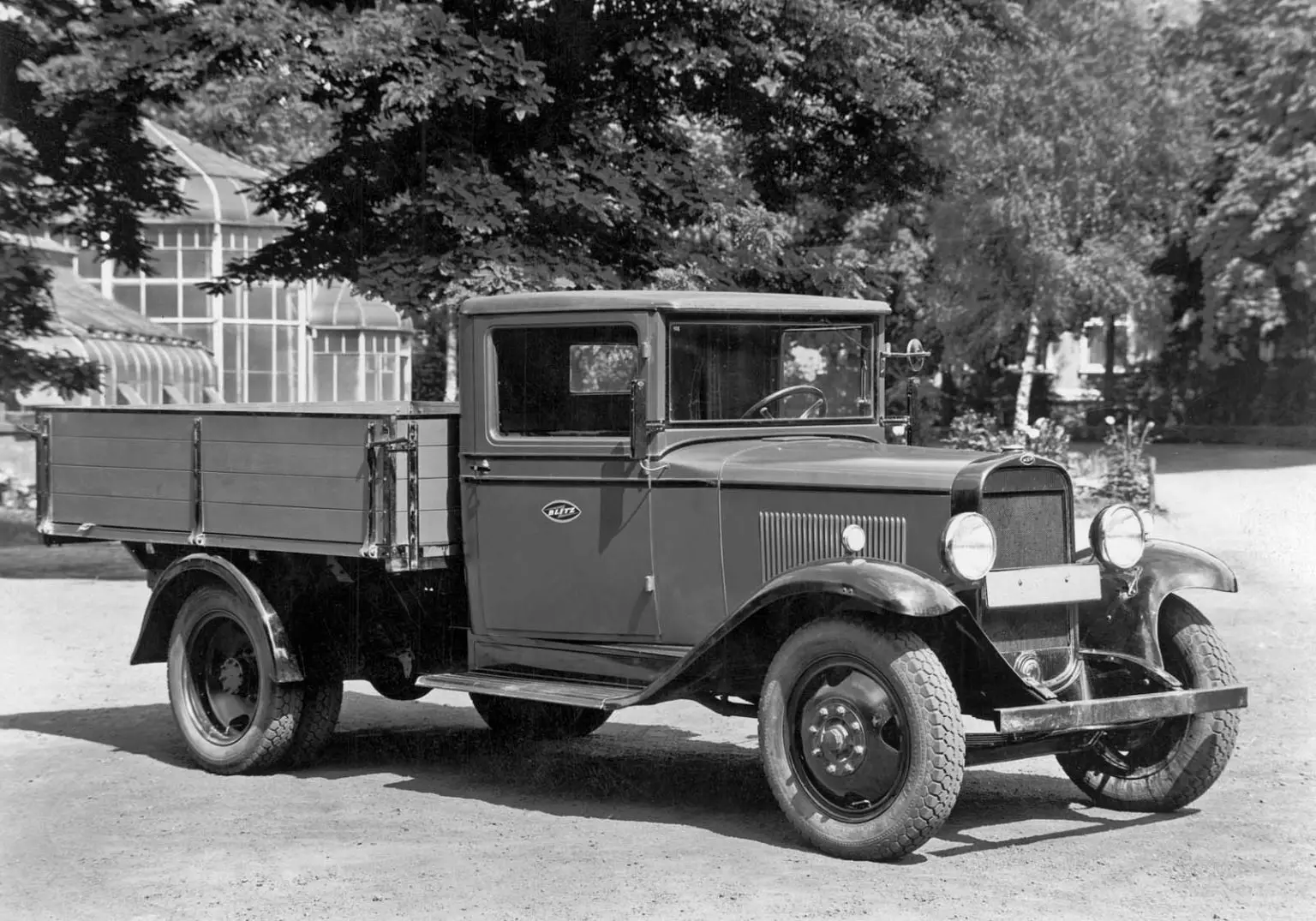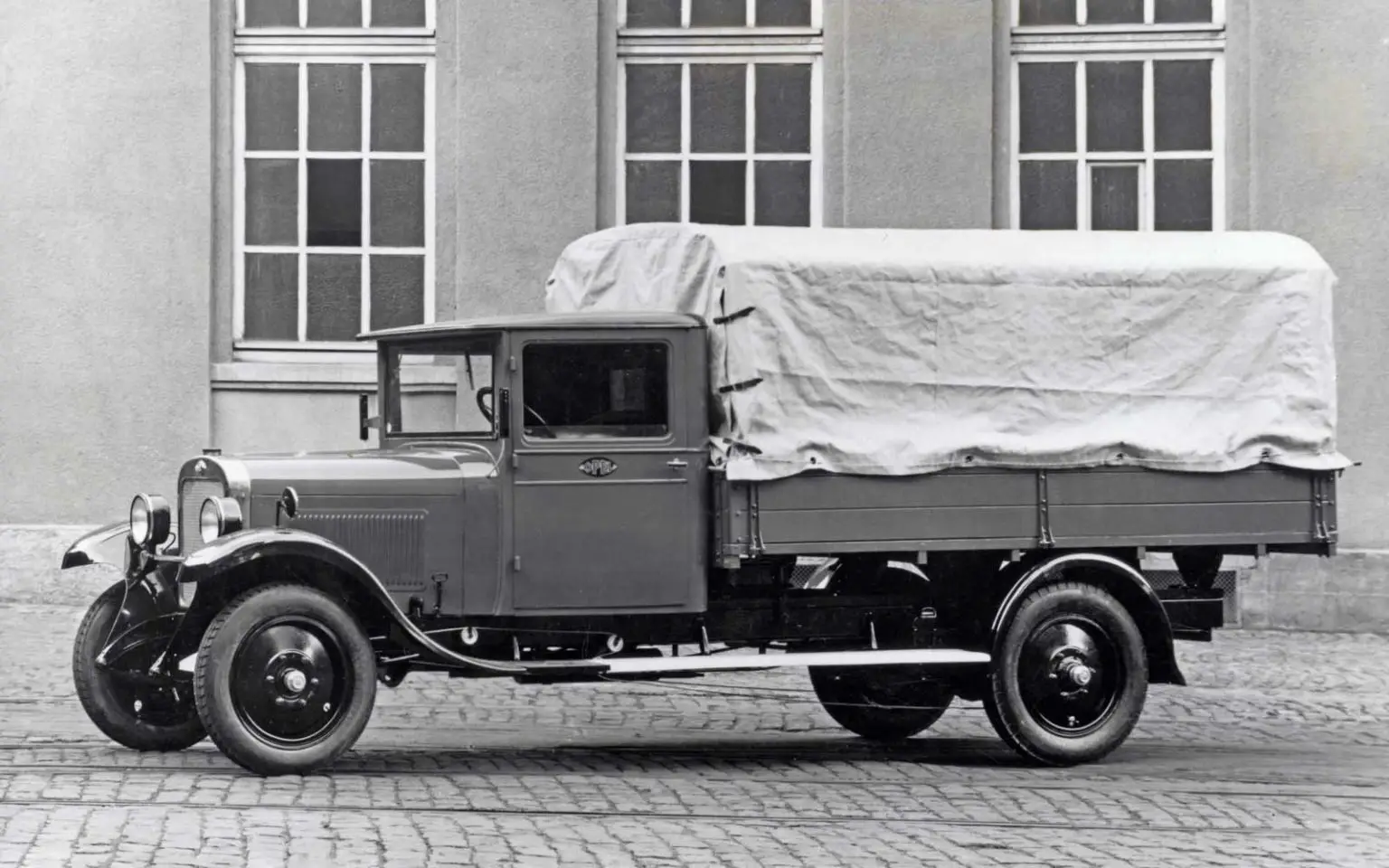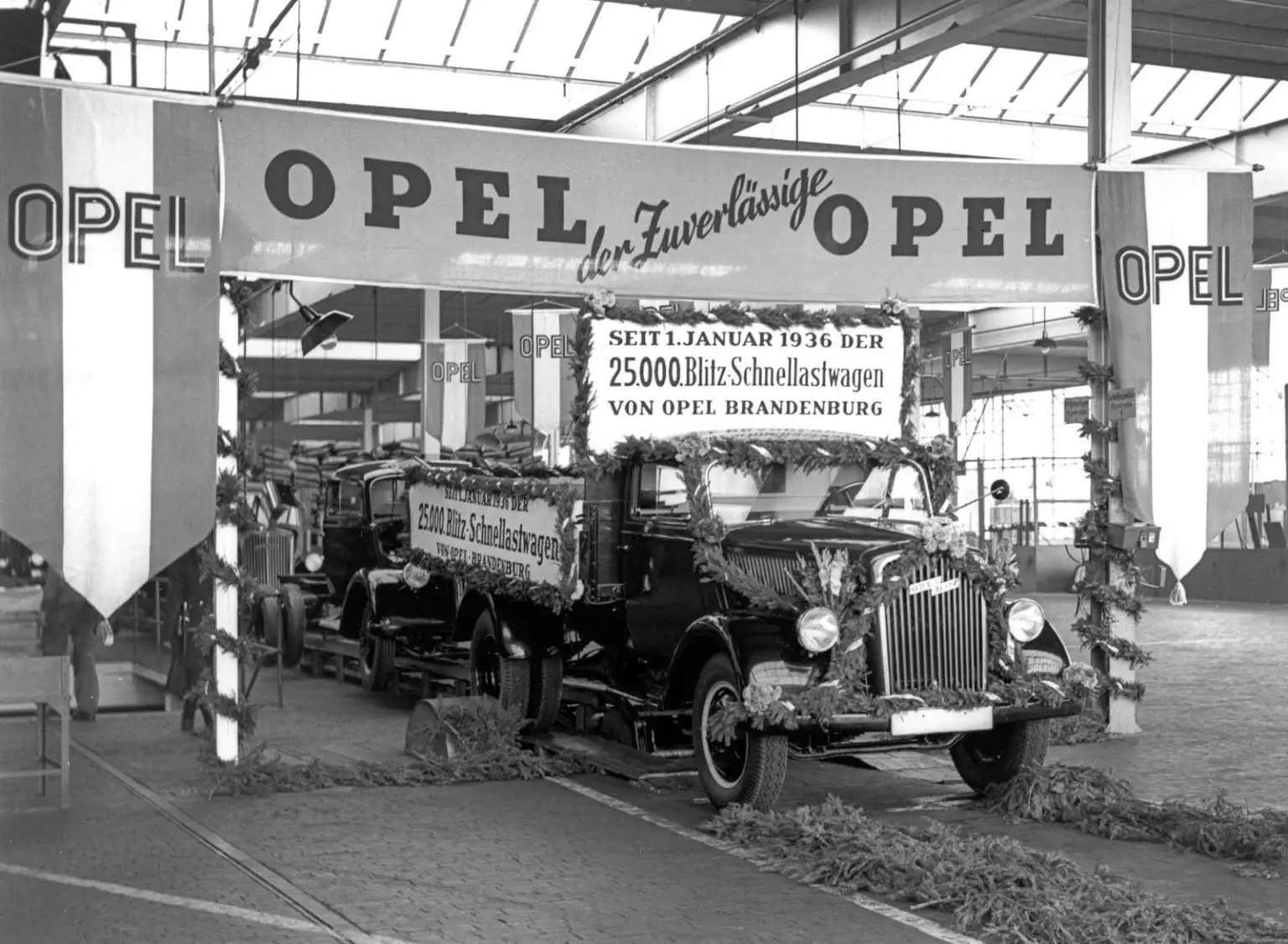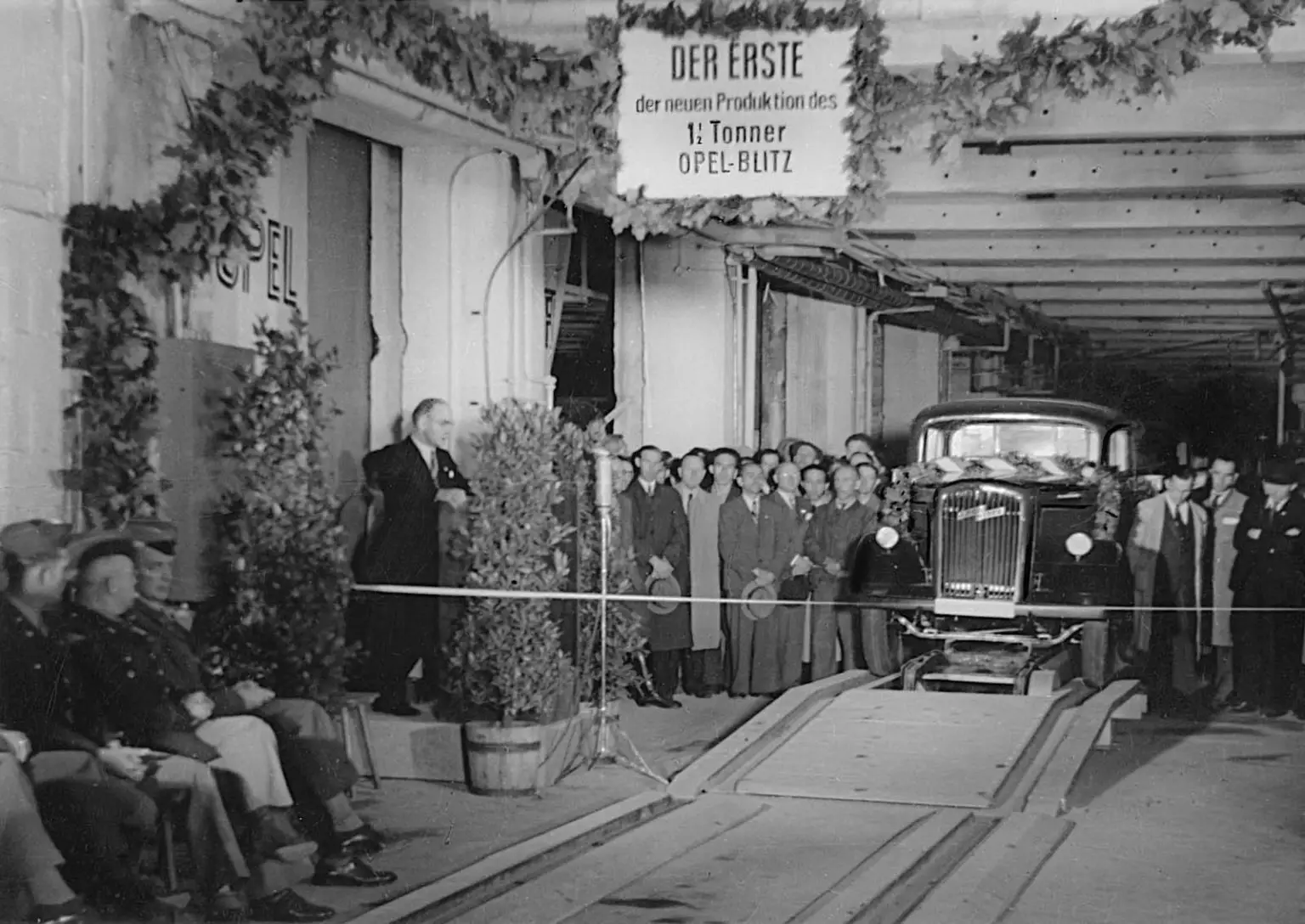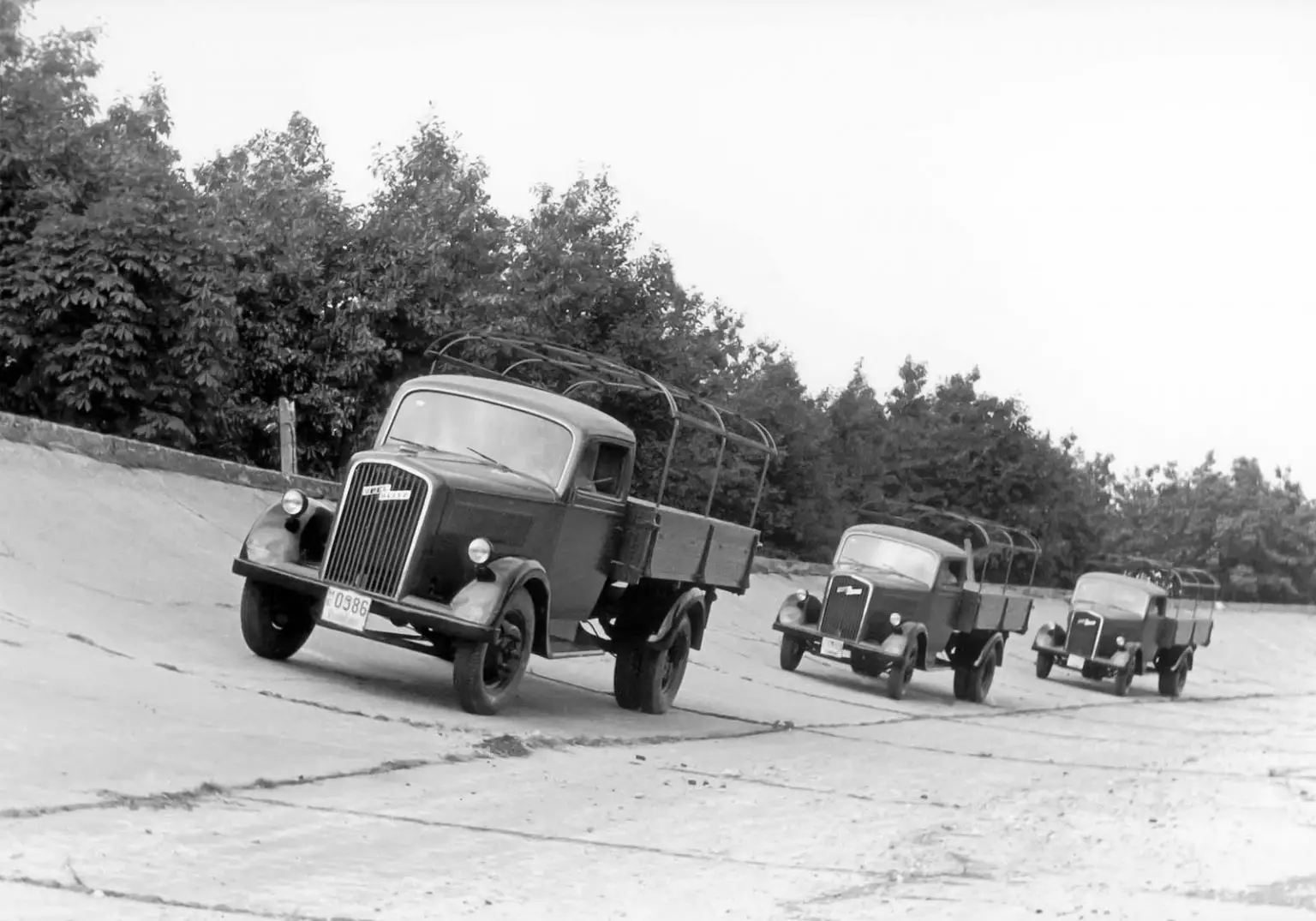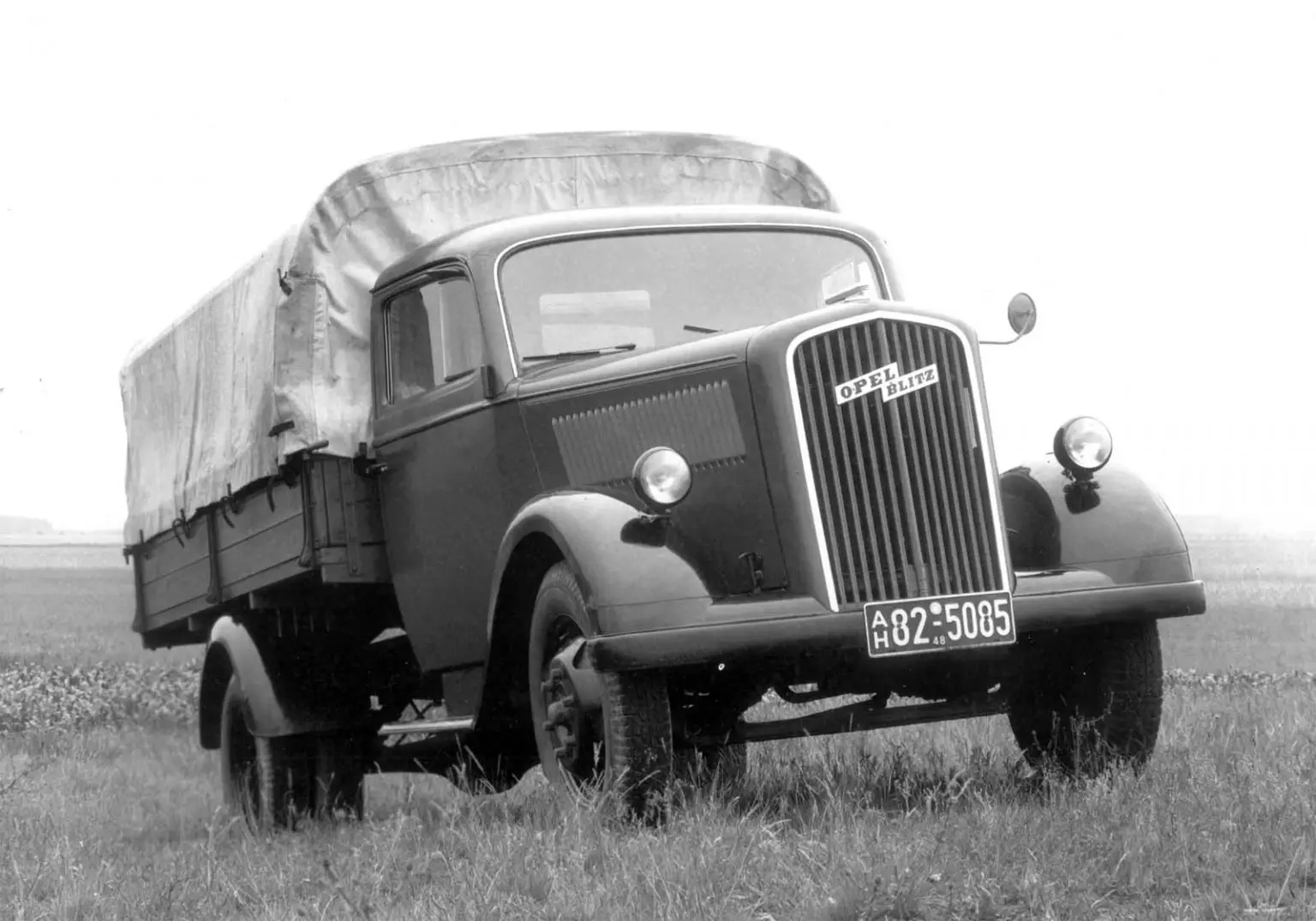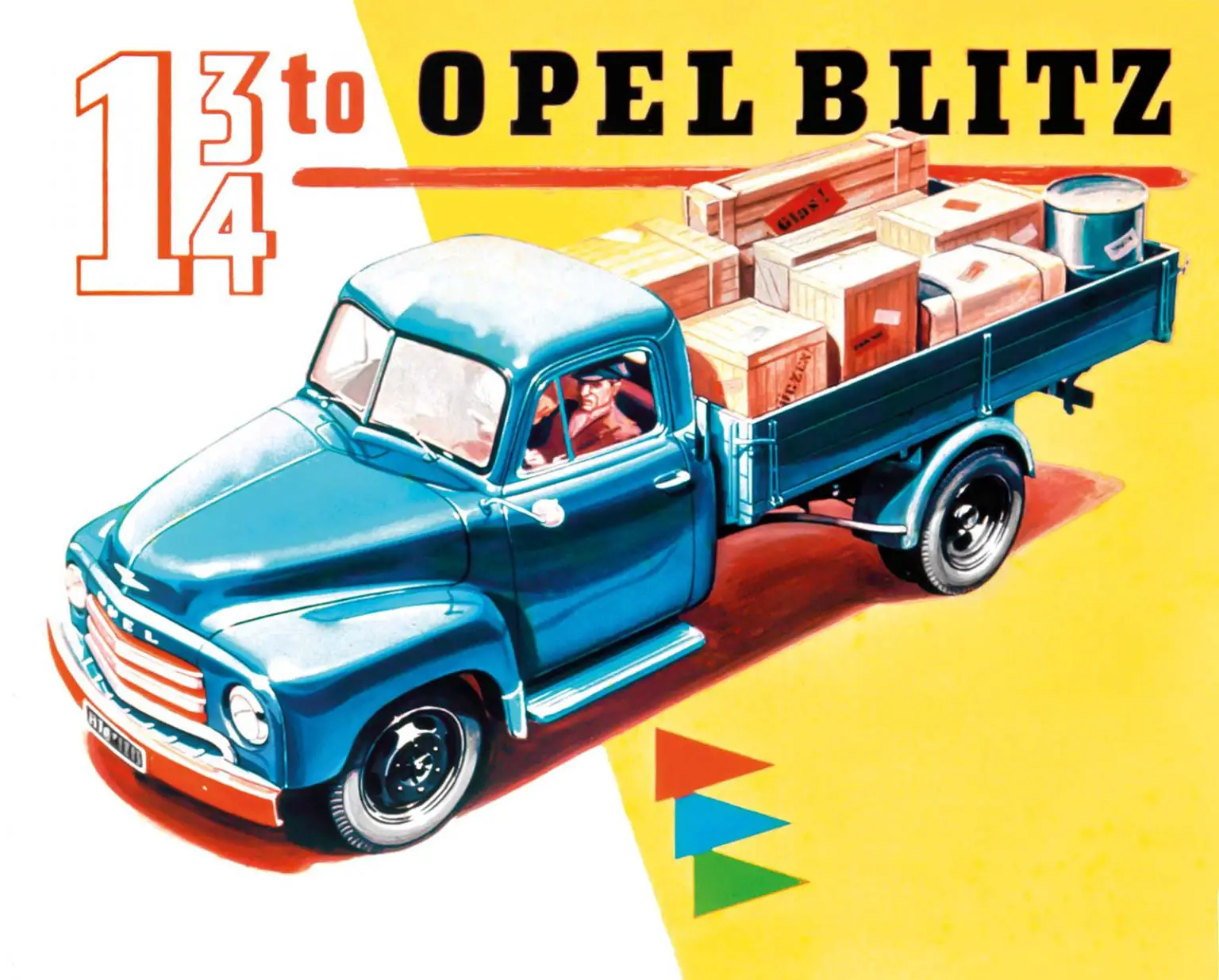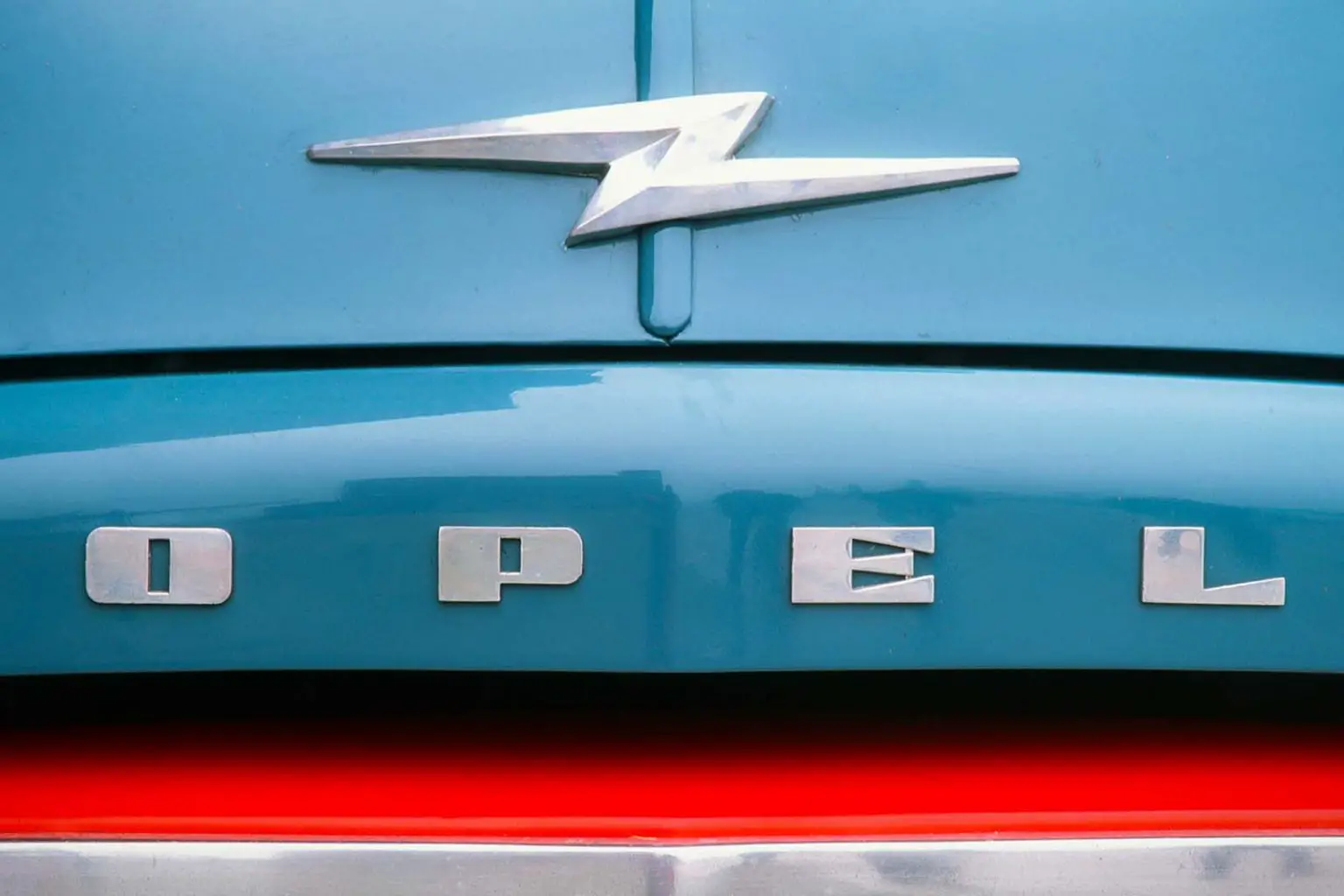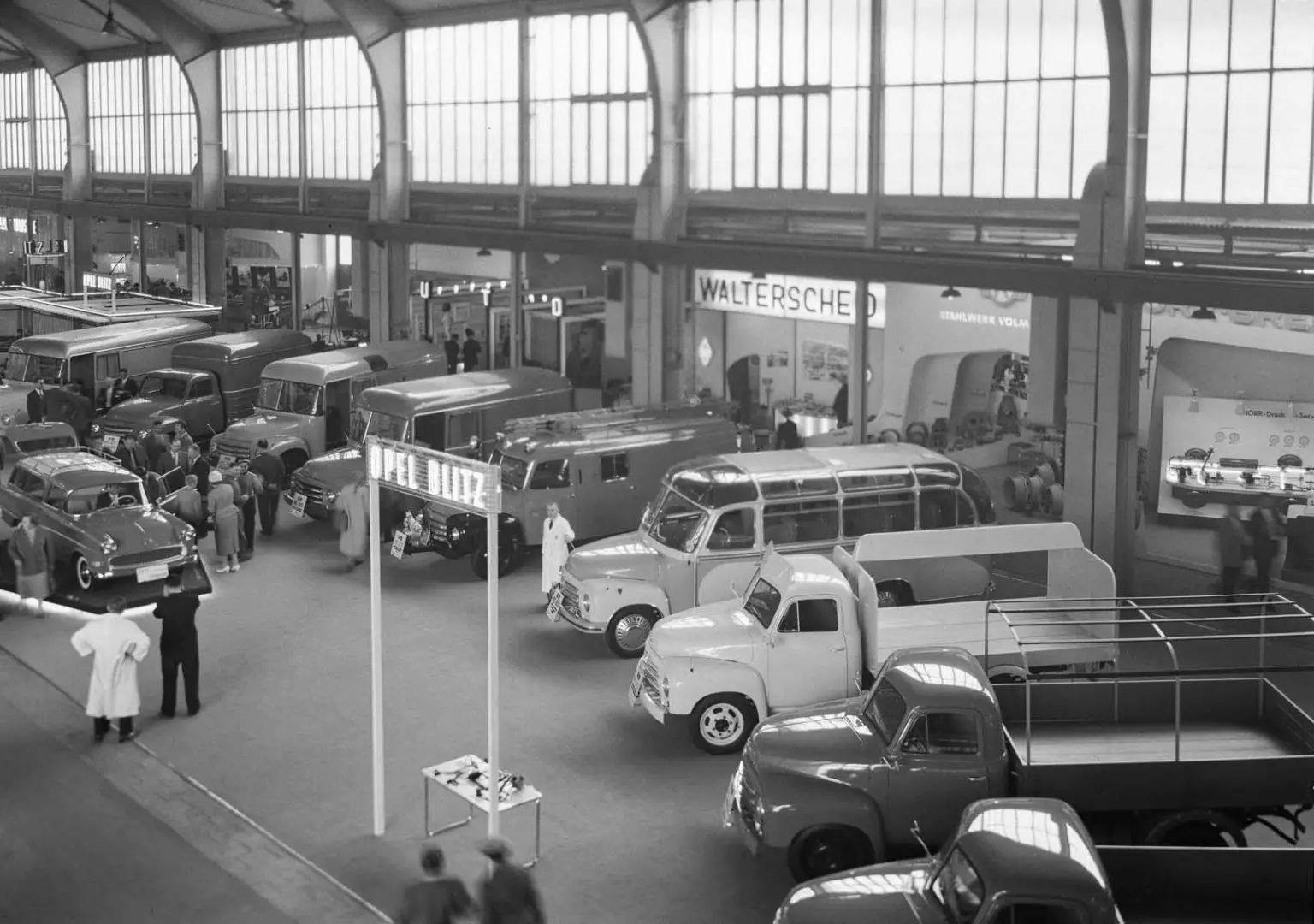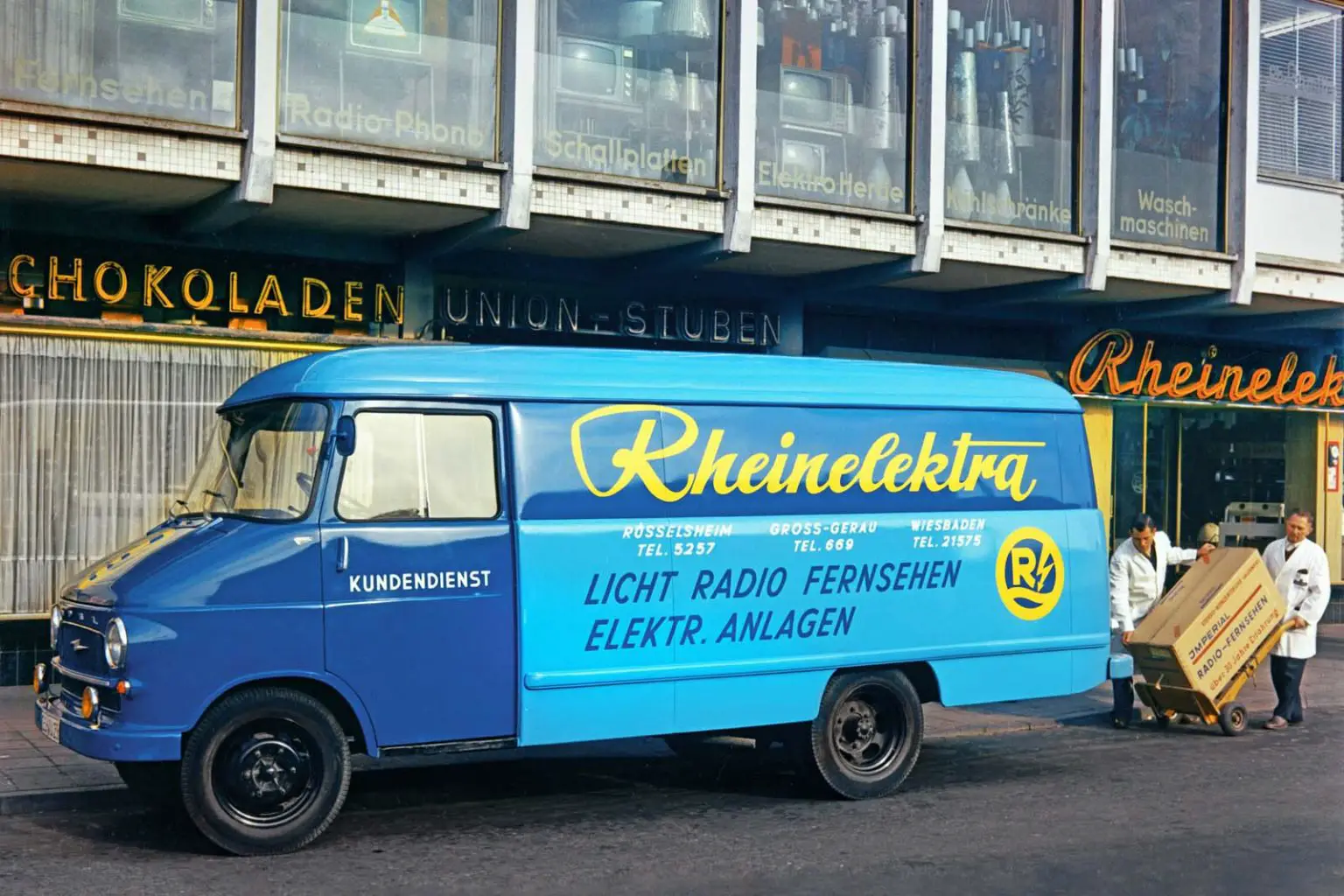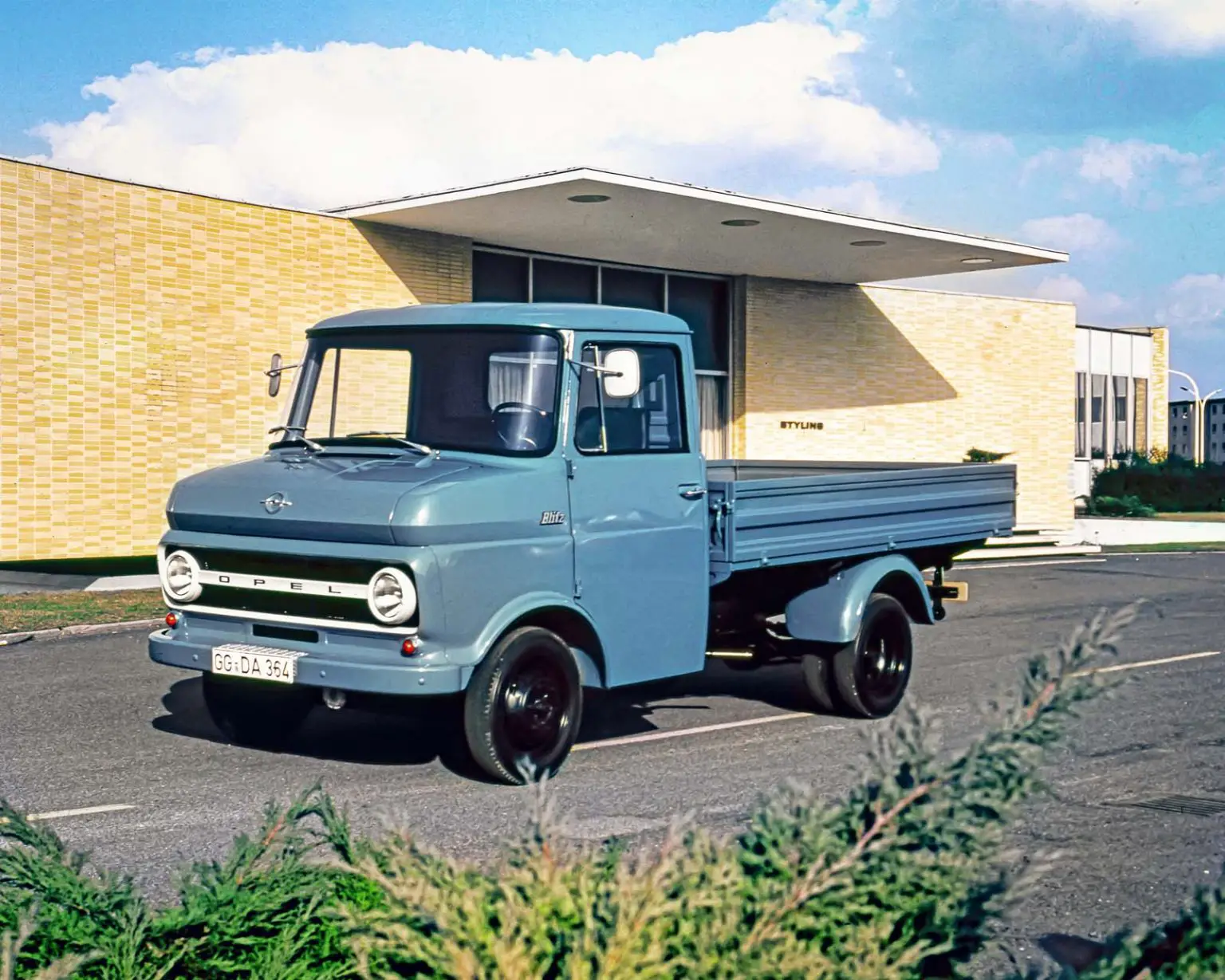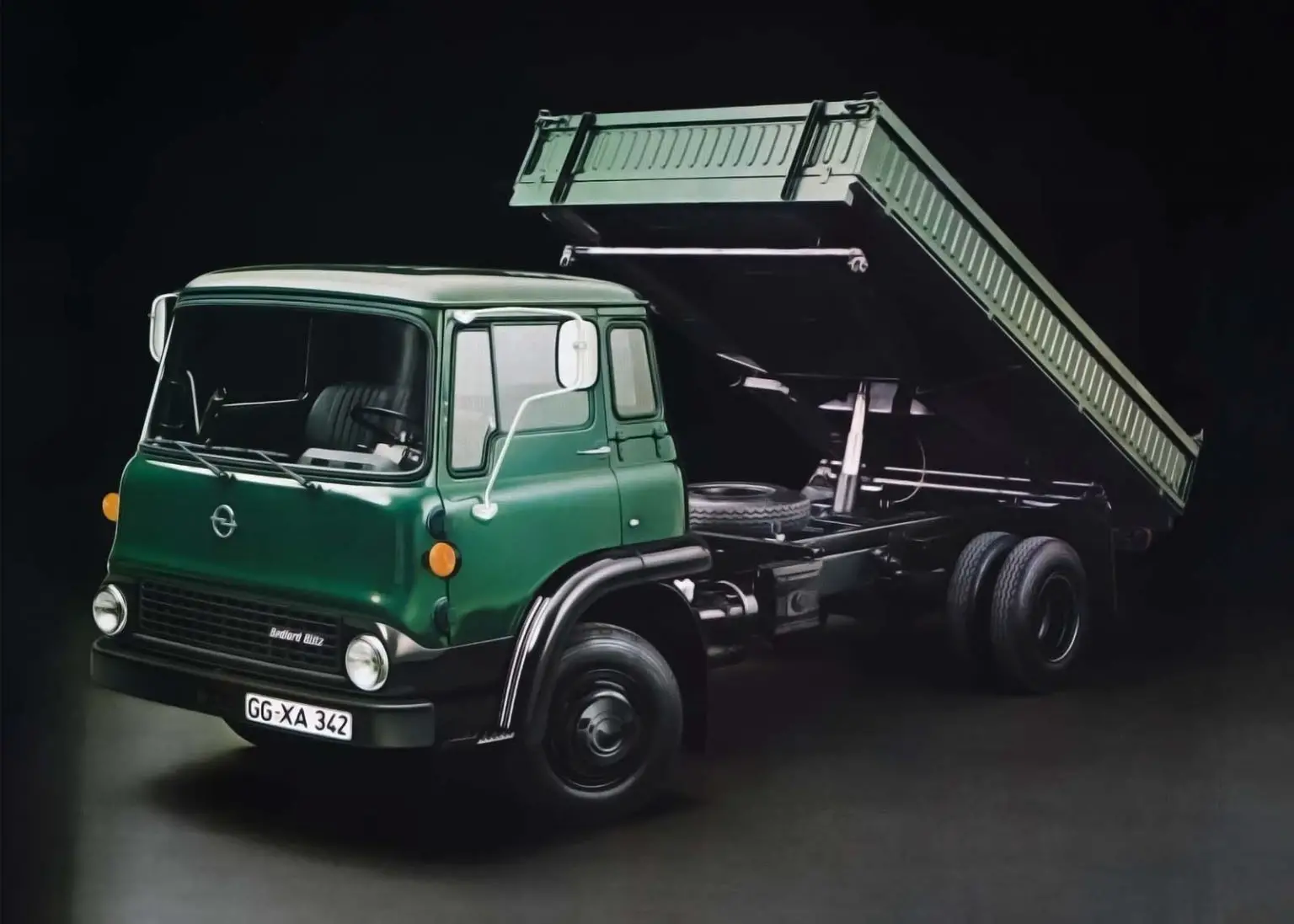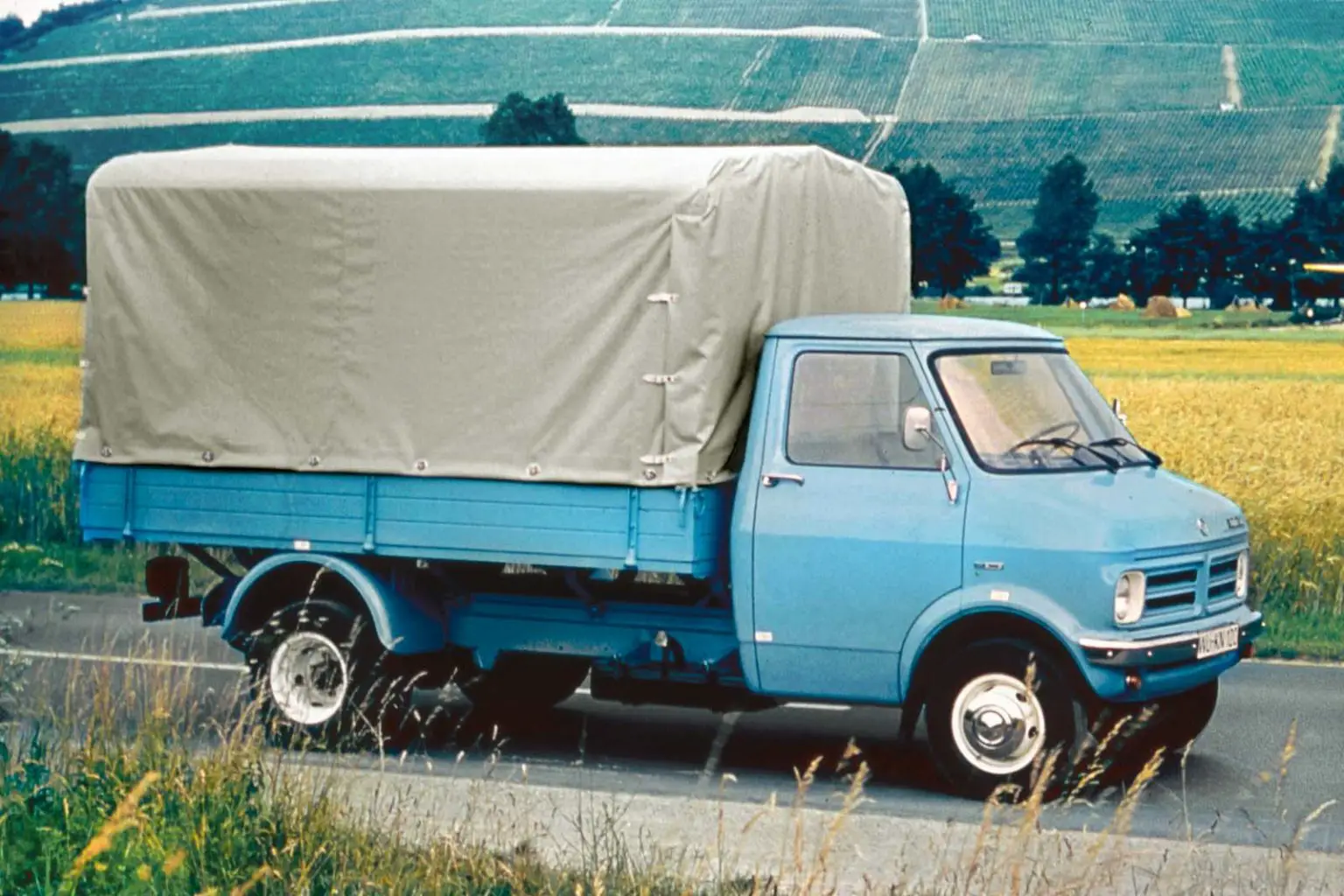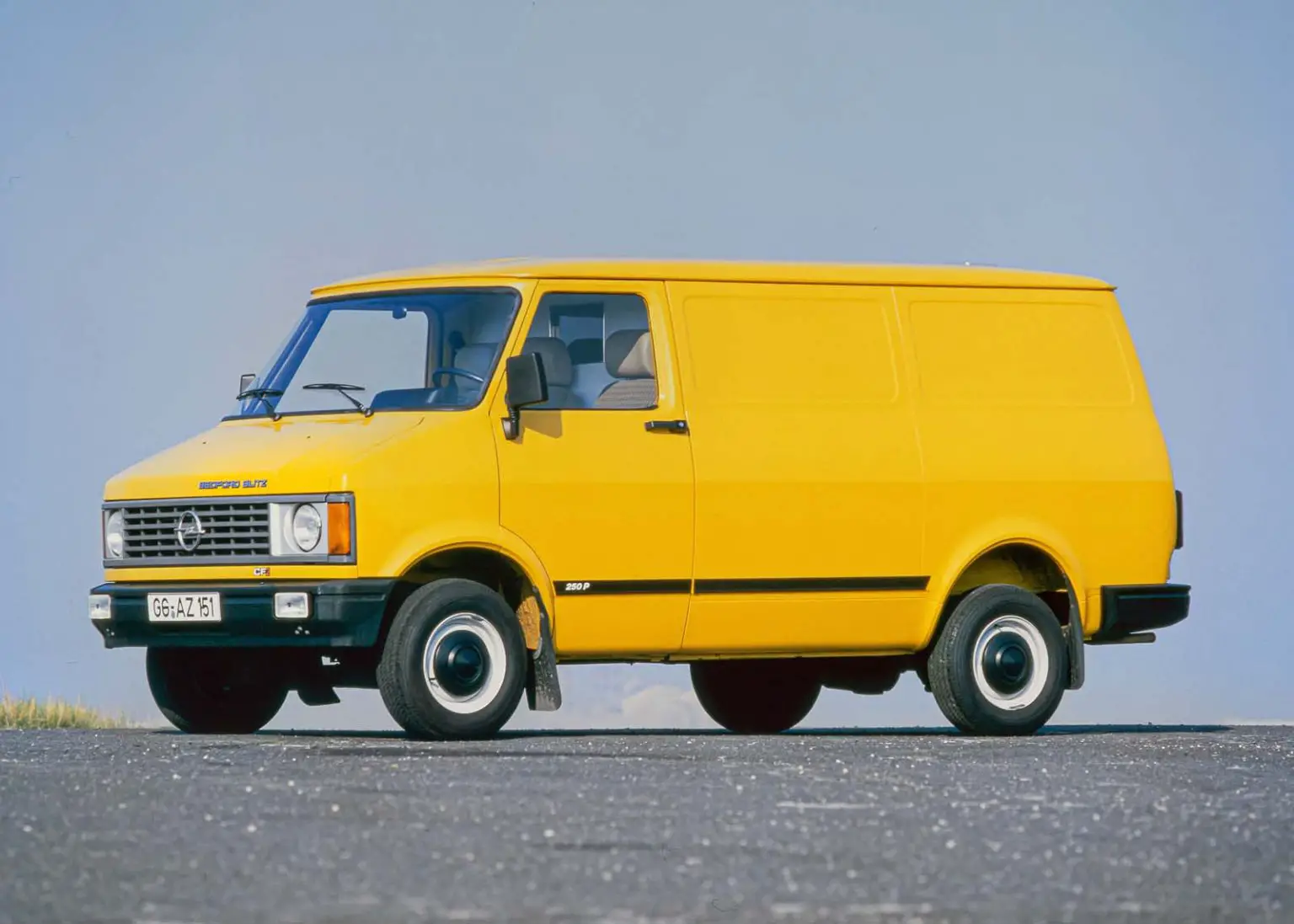
The Opel Blitz truck has a very long history going back to 1930. Unless you are in and around trucks, you tend not to know a great deal about them. They look great at shows and events, but I confess to being largely ignorant.
But the Opel Blitz is a bit different. It was watching the Indiana Jones film Raiders of the Lost Ark which made me think of them. Apparently, they used an old Opel Blitz in the explosion scene in the city when Indy is chasing Marion who’s in a basket.
They crop up all over the place, but often not identifiable as they were probably only a chassis with different bodies put on them. Due to the period, these bodies could even be made of wood and be sort of correct. After the Second World War the shortage of metal meant alternative materials were used. When Mercedes-Benz resumed production of the 170v, they did exactly that.
But what about the Blitz. Well, back in November 1930 Opel launched the truck with its 55hp six-cylinder petrol engine. It wasn’t the first though. Opel are one of the few manufacturers to date back to before 1900. Early delivery vans were built based on the Patent Motor Car “System Lutzmann” which was the first car to be built in Rüsselsheim, Germany.
As early as 1907 the first commercial vehicles appeared. A three quarter tonne truck with pneumatic tyres, a prop shaft and a choice of two or four-cylinder engines.
During the first world war the military specified standard trucks up to four tonnes. These remained on sale until the early 1920s. In 1923 a new range of commercial vehicles were introduced containing a payload of one to two tonnes.
Back to 1931 and the new range was known as express delivery trucks. Economically times were hard, but Opel still managed to present modern, well developed vehicles.
